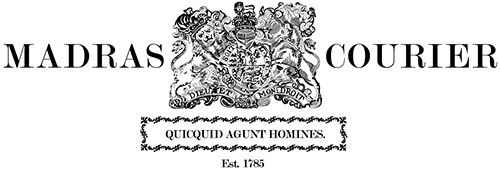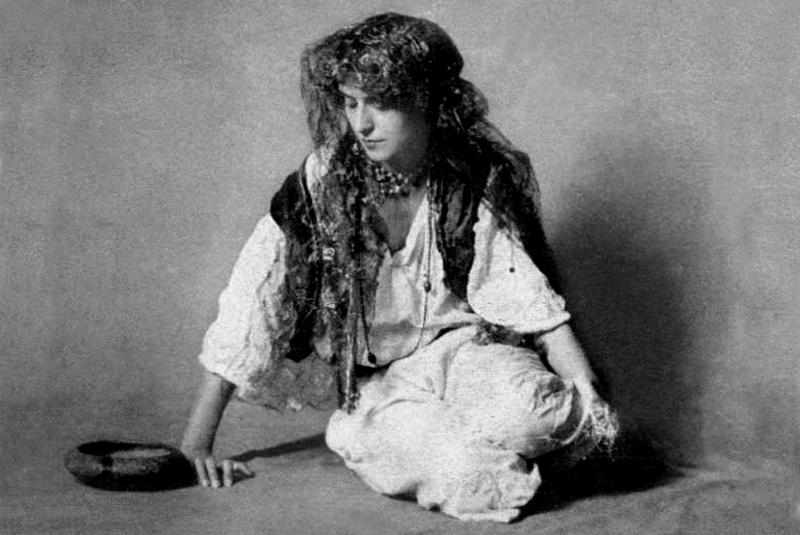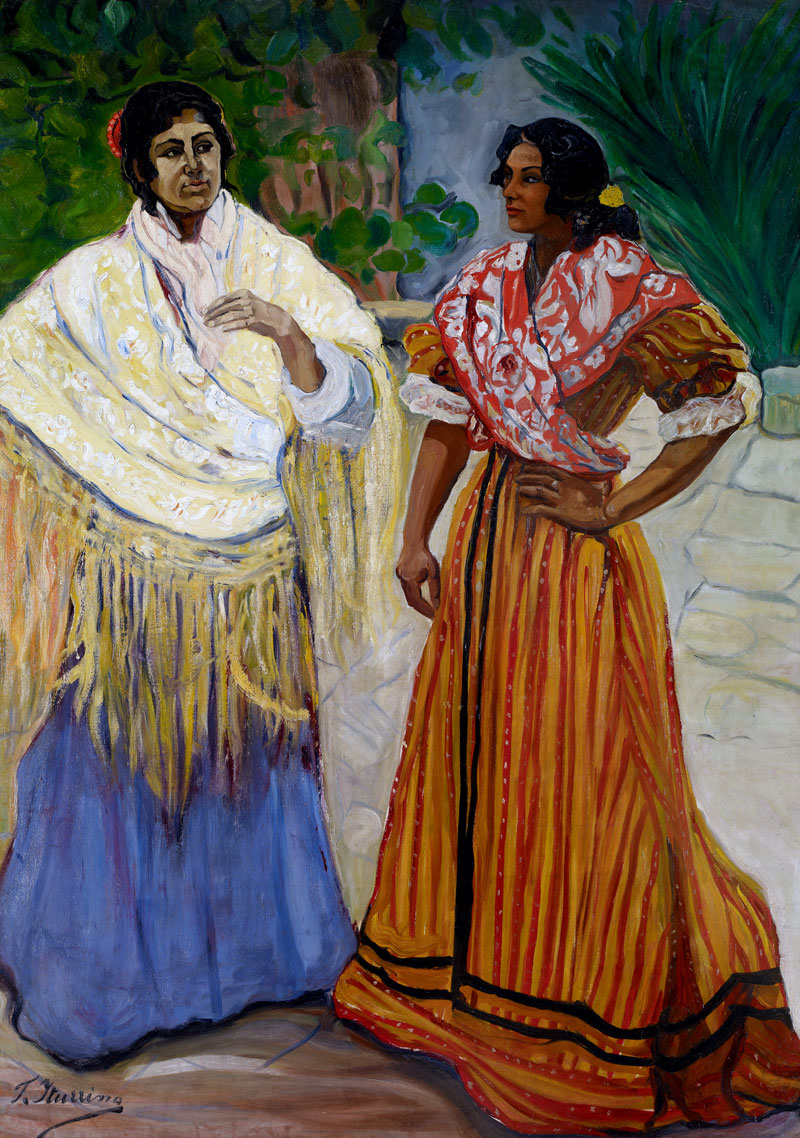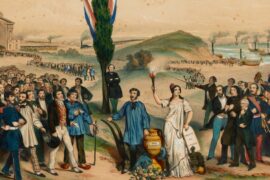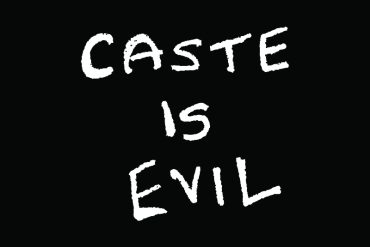On April 8, 1971, the first World Romani Congress was held in London. The historically persecuted Romani people were emerging from the horrors of the Holocaust to claim their identity. Their flag was unveiled; a banner of two-stripes – blue above and green below. In the middle is the Ashoka Chakra.
Blue represents the heavens, and green, the earth. Red is the colour of fire, the Romani’s historic companion in the nomadic life. And the Chakra is the wheel of creation. But it is also a throwback to the Romani people’s ancient roots – India.
“Two Gypsies” by Francisco Iturrino, 1901-1903 (Image: Public Domain)The idea of a nomadic race having a common ancestor was considered problematic. For centuries, the Romanis identified with no single country – having a presence across Europe, the United States and even Brazil in recent times. But the Romani language bears many similarities to Sanskrit-based languages of the Indo-Iranian family.
Count to ten in Romani in India and you will not find yourself speaking a ‘foreign’ tongue. The numbers are phonetically alike. There are many other words with shared meanings too: Chor is a thief, paani is water, I is ‘men‘ and ‘dikh‘ is ‘to see’.
Copyright©Madras Courier, All Rights Reserved. You may share using our article tools. Please don't cut articles from madrascourier.com and redistribute by email, post to the web, mobile phone or social media.Please send in your feed back and comments to [email protected]
